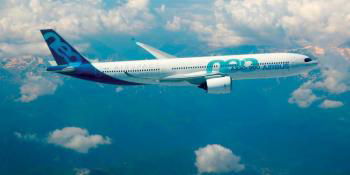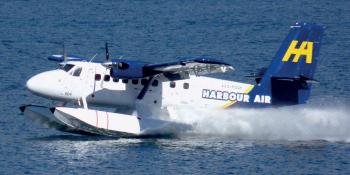
Testing will continue this year using NASA’s subscale unmanned technology demonstrator, the X-56A Multi-Utility Technology Testbed. Research flights will be carried out to investigate what NASA calls “enabling technology” designed to reduce flutter at lower speeds. The agency said: “Flutter has not been restrained before on an aircraft like the X-56. Flutter suppression could lead to improved ride quality, efficiency and safety and the longevity of flexible aircraft structures.”
The tests are the latest in a series of flights that saw the X-56A start to research new technologies to suppress flutter. NASA believes using less structurally rigid wings could be critical to the design of future long-range, fuel-efficient airliners and the tests are part of showing the technology exists to make such wings a reality.
Lockheed Martin developed the X-56A for the United States Air Force Research Laboratory before the aircraft was transferred to NASA Armstrong for research.
The aircraft’s 28ft (8.5m) and thin wings are considered ideal for researching ways of achieving flutter suppression and gust-load alleviation. The X-56A is 7ft 5in (2.2m) long), weighs around 480lb (217kg) and is powered by two 90lb (0.4kN) JetCat P400 engines.
Mark Broadbent





